NBCUniversal Redirects IT Focus to Innovation
Atish Banerjea, CIO at NBCUniversal, talks about his experience in improving IT’s image and performance at NBCUniversal. Banerjea states that IT just played a back office role at NBCUniversal. His goal was to move IT from the back office into business unit leadership. The first hurdle was the lack of investment for IT. Banerjea was able to gain support from Comcast, who recently acquired NBCU. Comcast gave capital to allow IT to invest in infrastructure and IT talent. He decided to make improvements where employees would notice changes. This included increasing email capacity, upgrading mobile and desktop devices, and improving the help desk. The most important move that Banerjea did was embedding CIO’s into the business units. This has allowed IT to create support for business units, and offer value from a business perspective.
Do you think embedding CIOs into business units is a good model or do you think they should be a separate entity?
What else do you think Banerja could do to improve IT at NBCUniversal?
Facebook Introduces Riff
In an attempt to make videos “stickier” on social media, Facebook recently debuted its own video app called Riff. This Forbes article details the app and the logic behind it.
The way the app works is that users post 20 second videos, and then their friends can also post videos that can then be added on to the original video. When a user signs up for the app with their Facebook account, they can start making videos instantly, and their friends will receive notifications when their friends create videos. These videos will be connected by a common hashtag, thus creating a sort of video story that can be shared across various social media sites. The idea behind the app is that it makes the creative process more fun, by allowing users to collaborate with their friends.
A Facebook algorithm showed that at this time, videos take up approximately 30% of the average user’s newsfeed. This trend is what propelled the creation of Riff, which Facebook hopes will continue the trend.
What are your thoughts on the app? Do you think it can stand up to Vine and Snapchat stories, or do you think it’ll be soon forgotten? Would you use it?
Clarity and Conciseness in User Interface Design
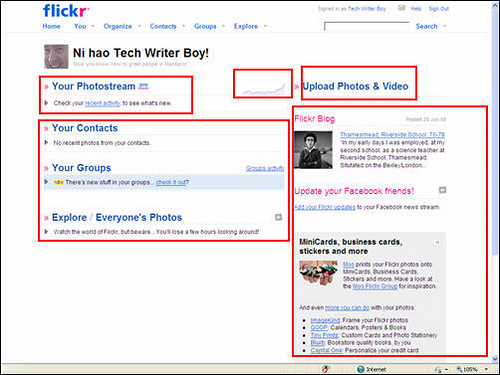
I created a post earlier in the semester that discussed what elements contribute towards “good” software; one of these elements is elegant design, which is lacking in software that is “clunky” as well as bothersome to navigate and use.
A component of design that is more specific and can be more easily analyzed is the user interface, which combines aesthetics with usability. I anticipate that creating a (somewhat) functional but polished user interface will be a challenge for project teams in general, so I located an article that describes what comprises a “successful” user interface.
The article’s author highlights clarity as “the most important element of user interface design” because it must simultaneously communicate meaning and function to users. Conciseness is the next most important element; it demands that designers be careful when adding explanations or definitions to their applications to avoid clutter and confusion. Professor Hohne called for a hybrid of clarity at conciseness while reviewing our prototype during a meeting on Tuesday: “I want to see green, yellow, and red status bars, not a whole lot of extra information.” With this remark, it became clear to me that a successful user interface may actually draw on the same principles as a successful status report document.
Having read through the linked article and this post, what steps should you take to keep your prototype’s user interface clear and concise? Will the responsibility of ensuring clarity and conciseness be left to one person on your design team, or to the entire team? Lastly, how might your approach differ if you had to produce a more complex application?
Lockheed Martin’s Claims Sustainable Fusion is Within Its Grasp
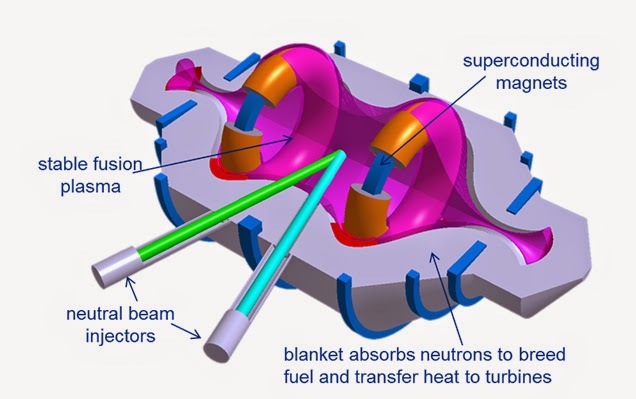
Lockheed Martin Claims Sustainable Fusion is Within Its Grasp
Skunk Works Reveals Compact Fusion Reactor Details
Lockheed Martin’s New Compact Fusion Reactor Might Change Humanity Forever
In February, Lockheed Martin’s Skunk Works team made a bold announcement: they are 5-10 years away from successfully creating and commercially selling compact fusion reactors (CFRs). These devices are conceptually safer, cleaner, and more powerful than much larger nuclear systems that rely on nuclear fission. CFRs use water for fuel, produce byproducts that are safe, and releases no air pollution. These devices are scalable, so they can be used as the power source for airplanes and space ships, for which they could fly indefinitely. A CFR that is the size of 23 x 42 feet could produce enough energy to power a large cargo ship or an 80,000-home city. If Lockheed Martin can actually make this work, then, as so many people are saying, it will be a revolutionary and transformative step for humanity.
It’s clear that such a device would be a huge disruptive innovation. To create a cheap, portable, more powerful, safe and clean energy source would significantly affect several industries, especially the energy, oil and gas, and environmental industries. I think would be several types of disruptive innovations, including low-end, sustaining, and new-market innovation. This would be a low-end innovation because using a CFR would be cheaper than using, say, oil and gas for your primary energy source. It would also reduce the risk of catastrophic nuclear disasters (think Fukushima). This would be a new-market innovation because, well, a fusion reactor has never been created before. It may be performing the same function as other energy sources, but it will create new industries around it. And it will be a sustaining innovation for the reason mentioned earlier: it’s performing the same function of generating energy.
What do you guys think about these Lockheed Martin’s announcement? Is it as revolutionary as they purport it to be, or is it overhyped? Do you think it would be a major disruptive innovator, or might it lose out to legal opposition from the current energy and oil and gas industries? What other industries do you think would be affected by this technology? Let me know what you think!
Is Tesla on The Brink of Disruptive Innovation?
http://abcnews.go.com/Technology/tesla-technology-produce-cars/story?id=30025690
Tesla Motors announced on Monday that they are introducing a new product, but to much dismay it is not a new car. Tesla was creating something new, keeping all consumers in the dark.
“We need the ability to store energy when it’s bountiful and use it when it isn’t bountiful,” Brauer said. “If somebody can come up with a system to time shift energy storage, that would have a lot of potential and go far beyond the automotive industry.”
Rumors are divulging from this comment from a senior analyst at Kelley Blue Book, that it may be some type of home battery.
What types of innovative creations could Tesla have up it’s sleeve?
Amazon’s Dash Button to Automate Your Orders
Amazon is taking on a initiative to harness the power of the internet of things before the things get to our homes. This reminds me of the the talking point we brought up in class which was that we may not need every appliance in our houses to have a microprocessor, rather a central unit of command that takes input from everything else (smartphone in this case.)
In my opinion, this Dash Button thing is going to fail because it isn’t a seamless integration into people’s life and could be easily substituted by a technology that consumers would own anyways likes smart watches. However, this initiative will enforce the idea that automating time consuming parts of our lives (such as doing groceries) doesn’t have to be a high tech solution.
Presentation Tips

As our presentations draw closer, I did some research on how best to present ideas to the panel of judges who would be considered angel investors.
I found a nice Forbes article by Carmine Gallo with five tips.
1) The pitch should have a compelling story as opposed to only being data-driven as angel investors take on more of a mentor role by providing emotional as well as financial support. 2) He then suggests using pictures to tell the story as they make the presentation more memorable than words. 3) The presenters should be passionate about their product during their pitch. 4) If the product does not solve a problem, investors will likely not care about it. I found this odd as this would usually be the first thing mentioned in many of the other pitch tips I browsed through. He must have assumed a good product was envisioned or else you wouldn’t be pitching the idea. 5) And lastly, share the stage. Since everyone is required to present, this will show a cohesive group where everyone played a part.
Is this advice common knowledge? Do you think these tips will actually help your presentations?
Tesla’s New Venture — Home Batteries?
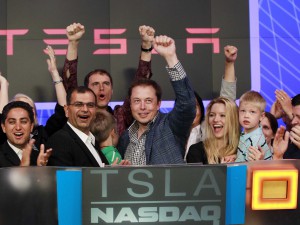
Tesla CEO Elon Musk tweeted today “Major new Tesla product line — not a car — will be unveiled at our Hawthorne Design Studio on Thurs 8pm, April 30″ and these few simple words have sent the media into a tizzy. What will it be? What does the mad genius have up his sleeve? Apparently, according to many outlets and this article, Musk & Co. are working on a home battery solution that can power all of your home electricity needs for a set period of time–all the while interfacing with SolarCity’s (of which Musk is Chairman) solar solutions to provide “free” electricity in perpetuity. I think it’s a great idea that offers a definitive value proposition. If they can get the launch right, and the cost low, I think it’ll reach many millions of households over the next decade. I think this home solution aims to disrupt the “commodity” status that power delivery companies have fallen into, and I can see this spurring some much needed innovation in the marketplace. What ramifications do you think this will have on power companies and their strategy moving forward? Do you see companies like PECO partnering with Tesla to provide these packs as a supplement rather than a “whole home” solution?
“Why You Should Care About Periscope, Twitter’s New Live-Streaming App”
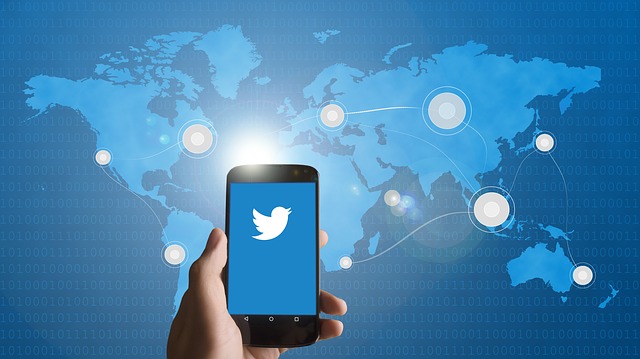
So after Meerkat Twitter released its own live streaming capabilities. The question now is, is this a fad or the next thing is social media. One of the most interesting things about this article is the move by Twitter to remove Merrket access to it’s social graph. “The move blocked people from bringing their followers and people they were following on Twitter into Meerkat, thereby limiting the app’s ability to grow. Nevertheless, Meerkat announced Thursday that it had raised $14 million in venture capital funding.”Timothy Stenovec 2015) This is a prime example of the moves that incumbents use to try to combat the new competition entering the market.
Here is the article: “Why You Should Care About Periscope, Twitter’s New Live-Streaming App”
Will Apple Disrupt the Luxury Watch Market?
This article talks about how Apple’s new Apple Watch could disrupt various industries, including the fitness wearable and luxury watch industries. Apple’s low-end Apple Watch Sport will likely disrupt the fitness wearable industry, while the higher end Apple Watch and Apple Watch Edition will be more likely be disruptors for the luxury watch industry. Tim Cook is not just looking to create another smartwatch; he sees this as a move for Apple to enter the luxury fashion industry.
It appears that the luxury watch industry does not feel threatened by Apple’s newest device. Sebastian Vivas, director of a watch museum maintained by Swiss watch manufacturer, Audemars Piguet, says “We’re not afraid; we’re just a little bit smiling.”
Is the luxury watch industry underestimating the threat of the Apple Watch? Do you think there are other industries that should also prepare to be disrupted by the Apple Watch?



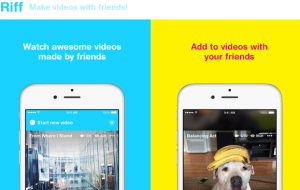


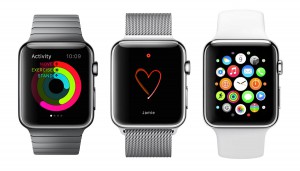
Recent Comments